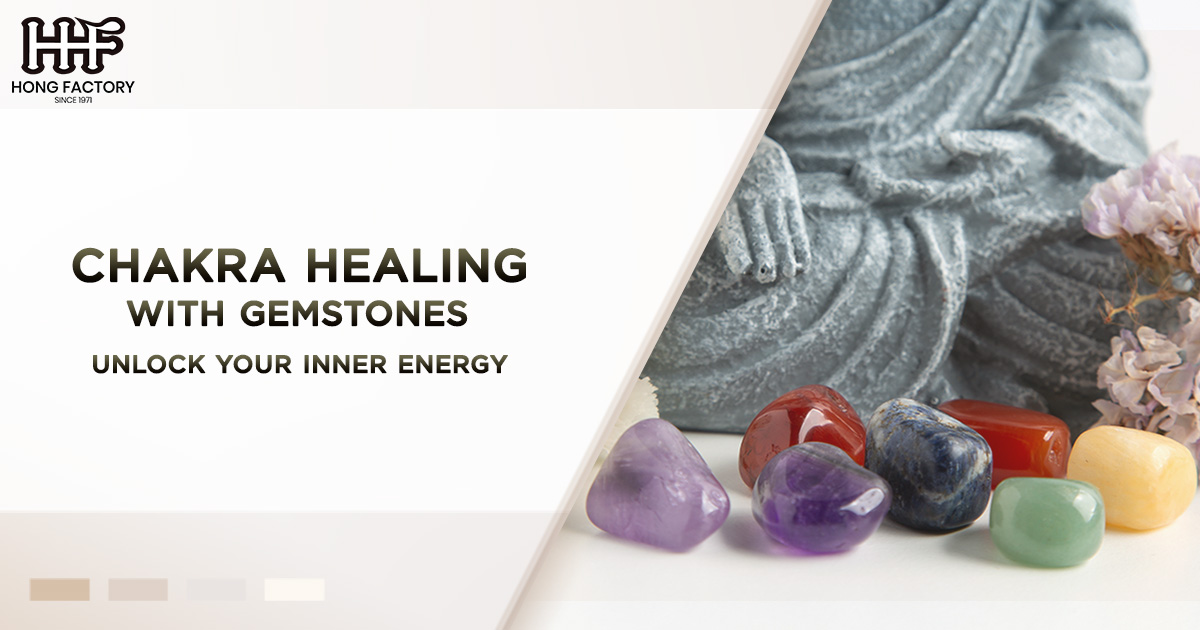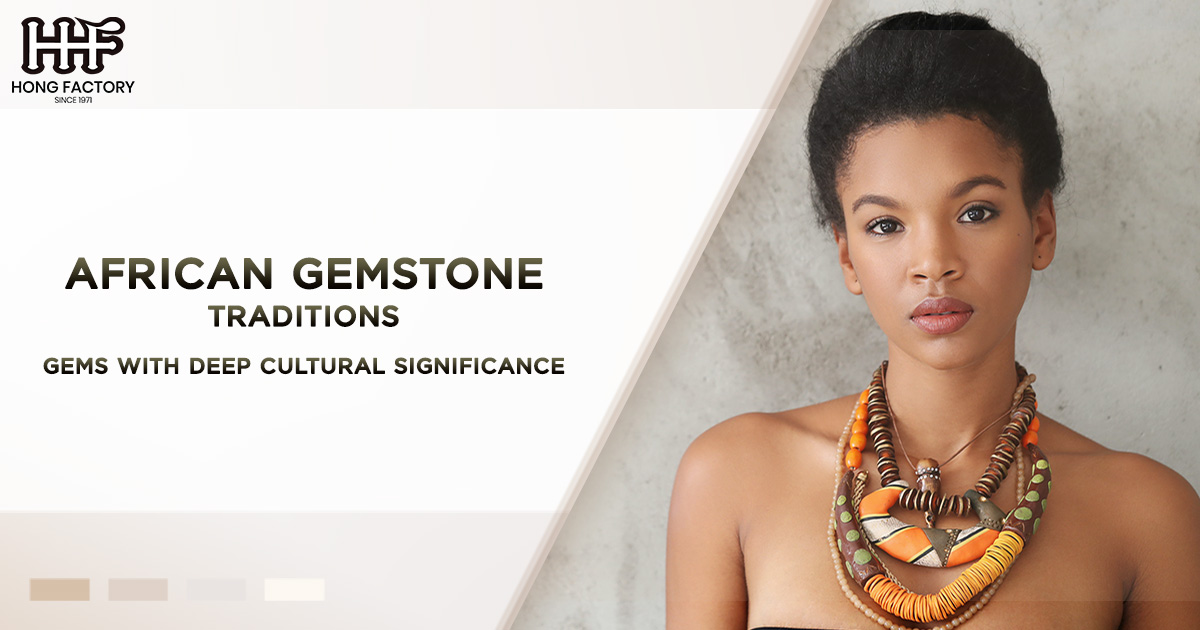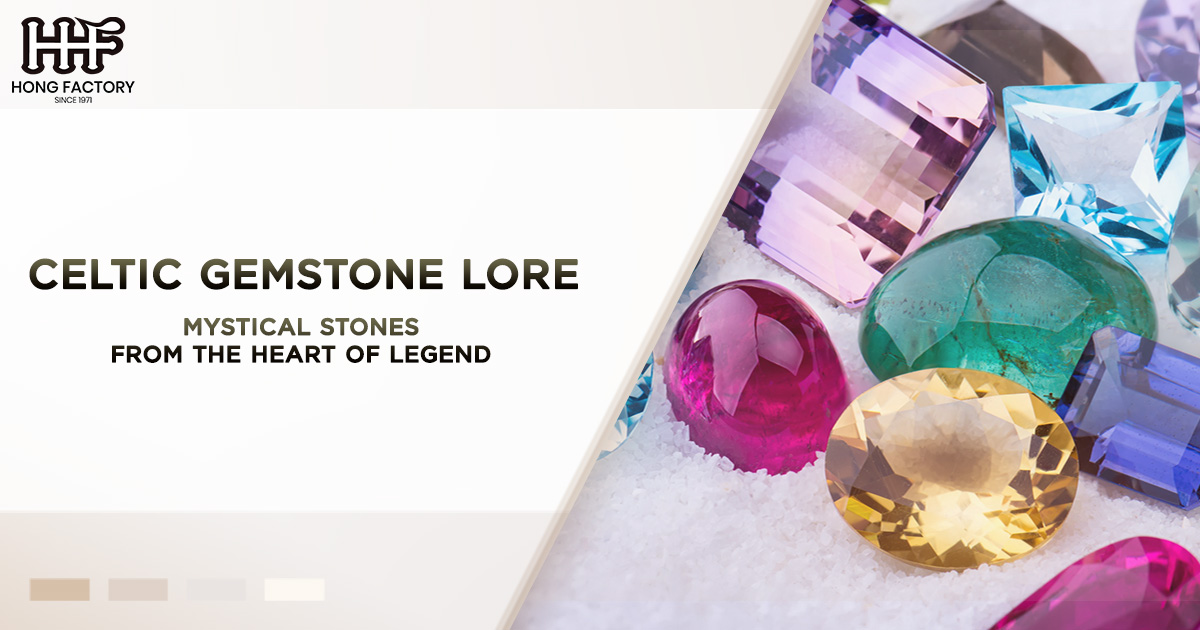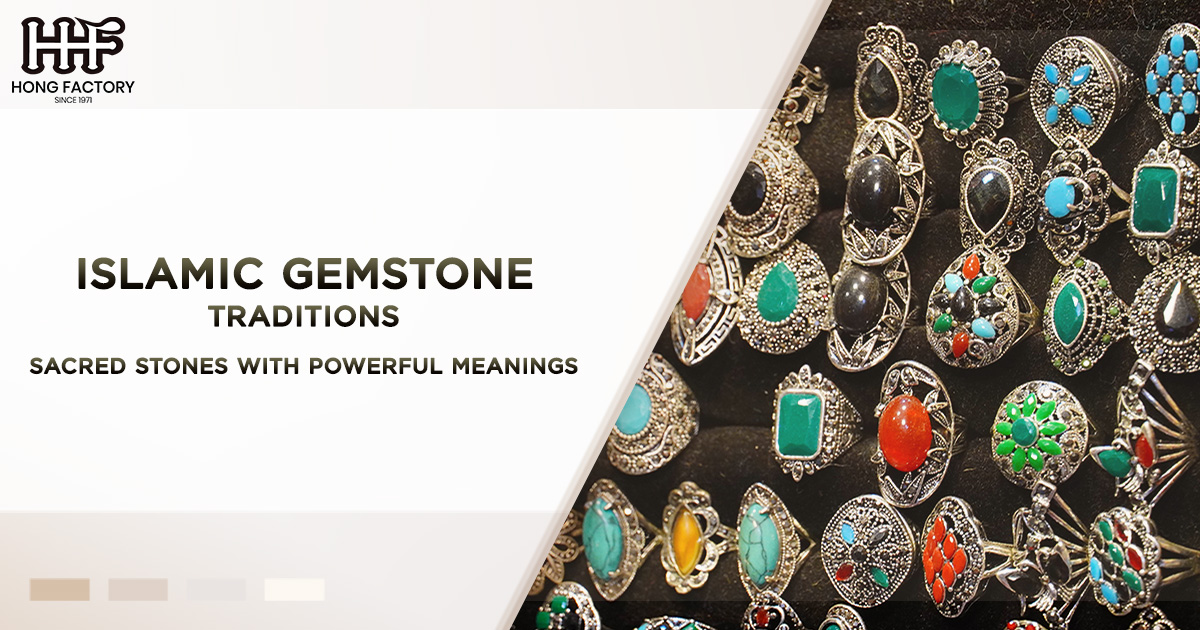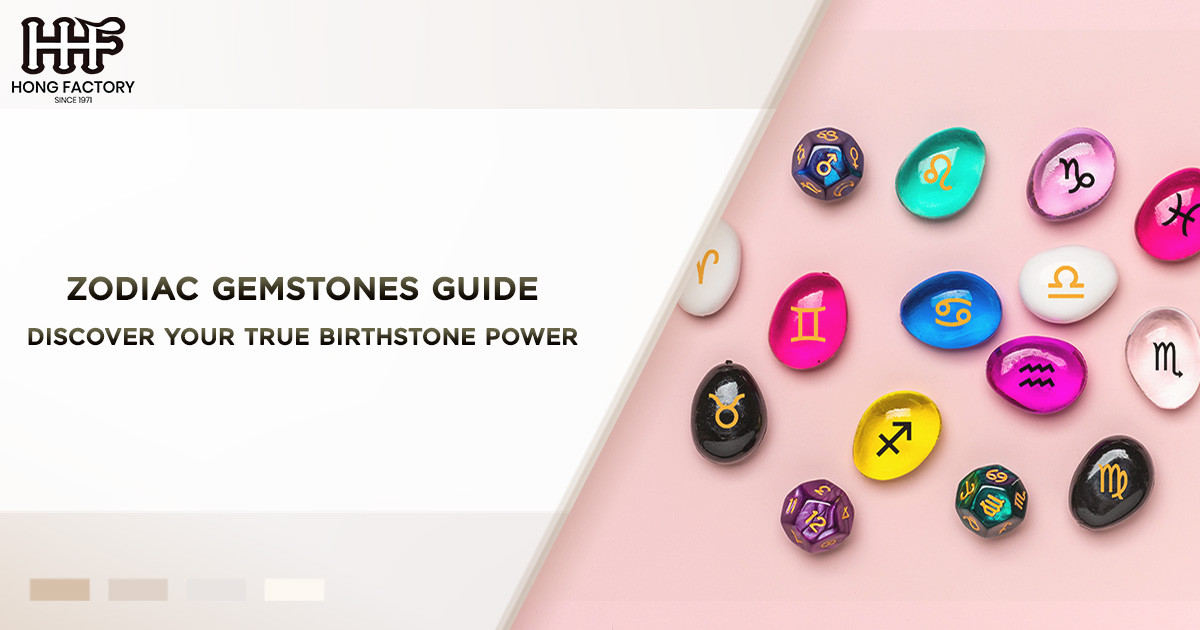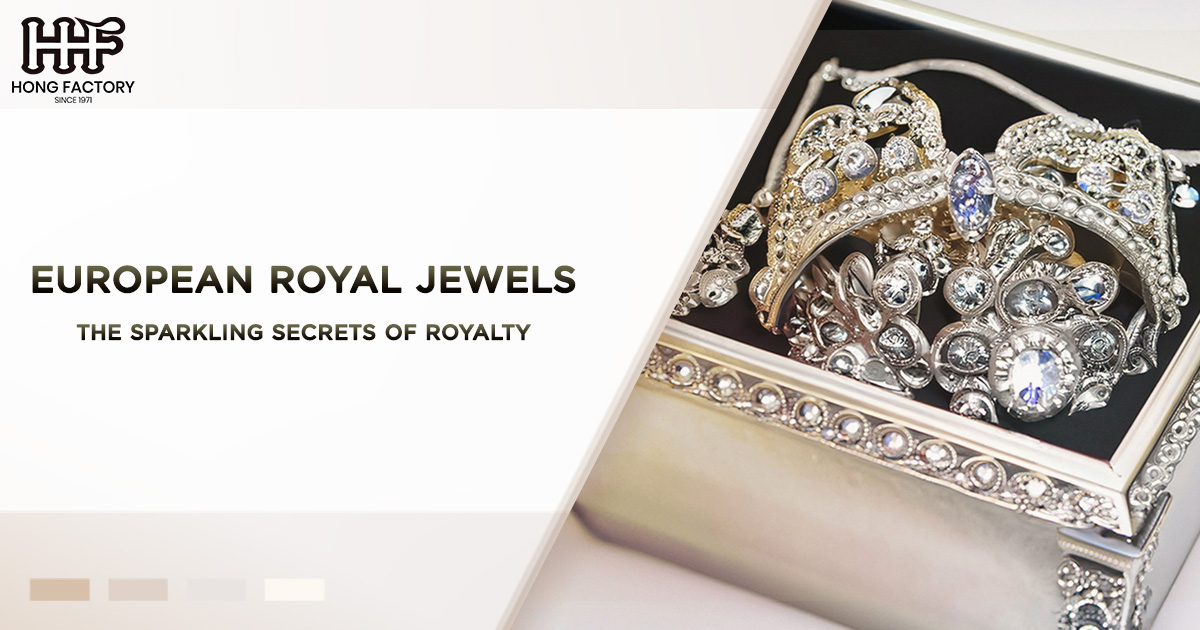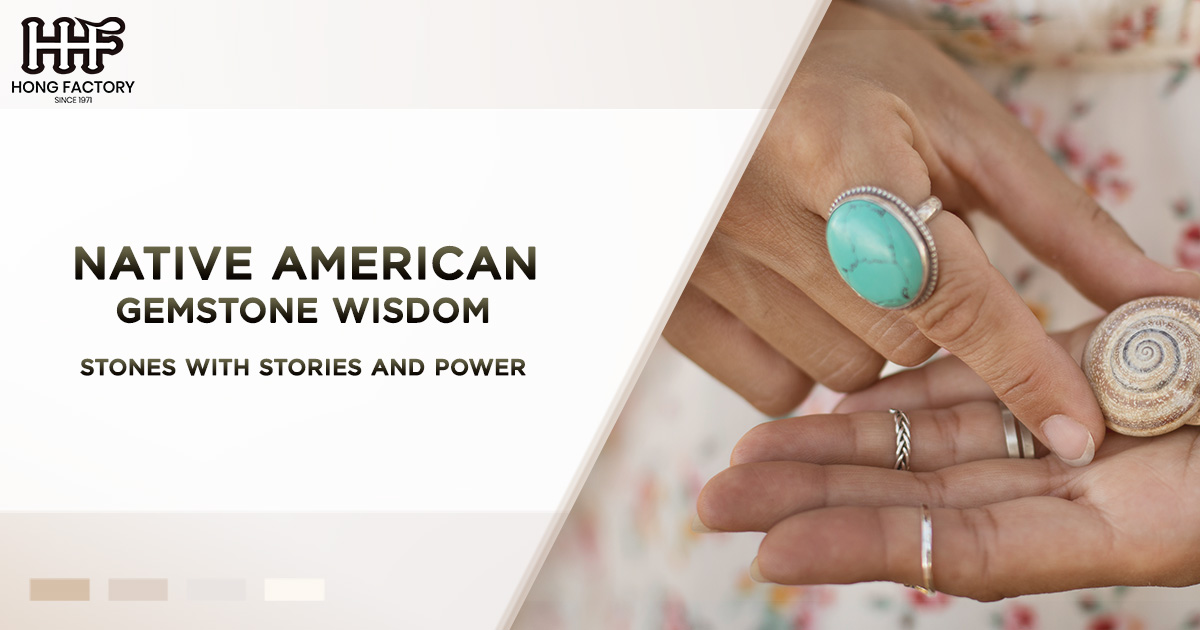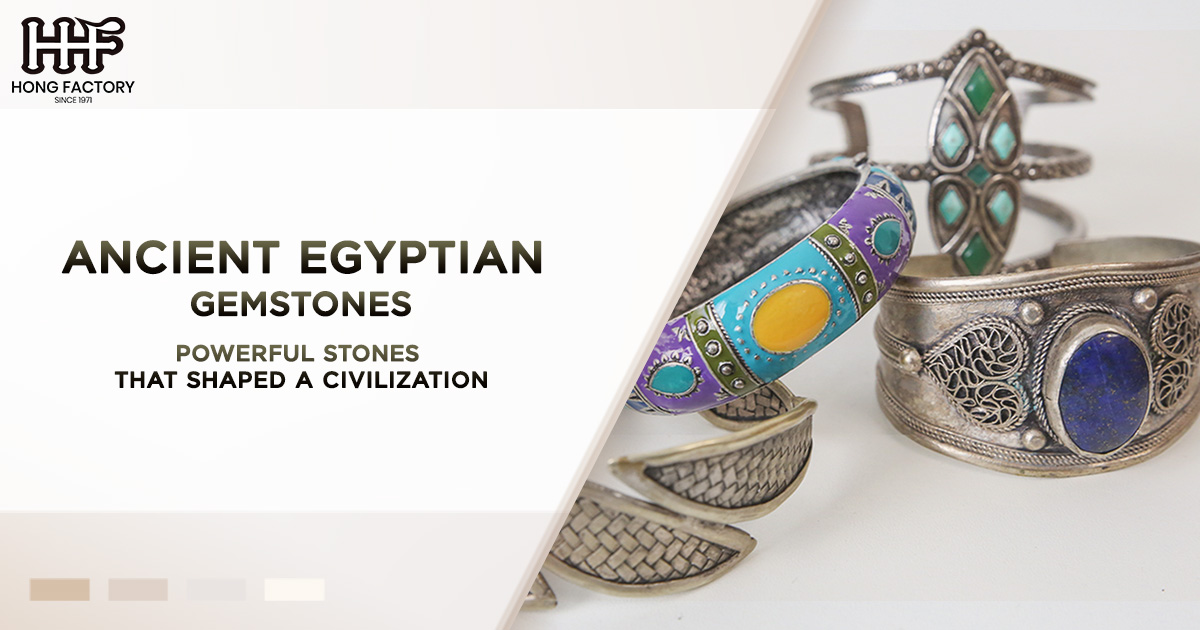Gemstones have fascinated humanity for millennia, not only for their beauty but also for their mystical properties and cultural significance. In Asia, where ancient civilizations thrived, gemstones are more than just adornments—they are vessels of tradition, spirituality, and healing.
From the jade of China to the pearls of Japan and the sapphires of Sri Lanka, each gemstone carries with it a story deeply rooted in the cultural fabric of the region. In this article, we will explore the cultural significance, traditional uses, modern applications, and investment perspective of some of Asia’s most revered gemstones, with a particular focus on jade and its pivotal role in oriental beliefs and feng shui practices.
Cultural Significance of Asian Gemstones
Asian cultures, rich with history and tradition, have always placed a special emphasis on the spiritual and symbolic value of gemstones. Whether used in religious ceremonies, healing rituals, or as emblems of power and status, gemstones hold a revered place in the cultural landscape of Asia.
Jade – The Stone of Heaven
No discussion of Asian gemstones can begin without mentioning jade, particularly in the context of China, where it is often referred to as the “Stone of Heaven.” Jade has been prized in Chinese culture for over 7,000 years and is considered more valuable than gold. It symbolizes purity, moral integrity, and immortality. In Confucian philosophy, jade represents the virtues of wisdom, courage, and compassion, while in Taoism, it is associated with the pursuit of spiritual harmony and balance.
The cultural importance of jade extends beyond China’s borders. In Korea, jade is often viewed as a symbol of goodness and gentleness, while in Japan, it is associated with protection and good fortune. Across these cultures, jade’s vibrant green hue is seen as a connection to nature and the spiritual world, making it a powerful symbol in oriental beliefs.
Sapphires and Rubies in South Asia
In contrast to jade’s prominence in East Asia, South Asia has long been known for its sapphires and rubies. The island of Sri Lanka, referred to as “Ratna Dweepa” or “Gem Island,” has been a source of some of the finest sapphires in the world for centuries. These gemstones are deeply intertwined with local mythology and religious practices. In Hindu tradition, sapphires are associated with Saturn and are believed to bring good fortune and protection from evil. Rubies, on the other hand, are associated with the sun and are symbols of power, passion, and strength.
Pearls and the Sea
In Japan, pearls are not only a luxury item but also a symbol of purity, innocence, and wisdom. The country’s pearl diving tradition dates back over 2,000 years, with the Mikimoto family revolutionizing the process of cultured pearls in the late 19th century. Throughout Asia, pearls are often used in religious ornaments, bridal jewelry, and as symbols of status and wealth.
Traditional Uses of Gemstones in Asia
Gemstones have been used for a variety of purposes in traditional Asian cultures, ranging from healing rituals to royal adornments. Their mystical properties have made them an integral part of spiritual practices, and they are often believed to hold the power to affect both physical and metaphysical realms.
Healing and Protection
In traditional Chinese medicine, jade is believed to have healing properties. It is often carved into amulets and worn as jewelry to promote longevity, good health, and protection from harm. Feng Shui, an ancient Chinese practice of harmonizing individuals with their environment, also places great importance on jade. In feng shui, jade objects are used to attract prosperity, good luck, and protection. For instance, placing a jade plant at the entrance to a home or business is thought to bring financial success.
Similarly, in South Asia, gemstones like rubies and sapphires are often worn to align with astrological beliefs. They are thought to balance the wearer’s energy with that of the universe, bringing peace, prosperity, and protection from negative influences.
Religious and Ceremonial Uses
Many gemstones are closely associated with religious practices in Asia. In Hinduism and Buddhism, gemstones are used in rituals and offerings to deities. For example, in Tibetan Buddhism, prayer beads made from gemstones like turquoise and coral are used during meditation to encourage focus and spiritual clarity.
In China, jade is often placed in tombs as part of burial rites, a practice that dates back to the Han Dynasty (206 BCE – 220 CE). The Chinese believed that jade could protect the deceased in the afterlife and ensure their safe passage to the realm of the immortals.
Modern Applications of Gemstones in Asia
While traditional uses of gemstones are still prevalent, modern applications have evolved, blending ancient practices with contemporary trends. Today, gemstones are used in fashion, wellness, and interior design, reflecting both their aesthetic appeal and their spiritual significance.
Fashion and Jewelry
In contemporary Asian fashion, gemstones continue to play a significant role. Jade, for instance, remains a popular material for high-end jewelry, often crafted into intricate bracelets, necklaces, and earrings. Modern designs fuse traditional motifs with sleek, minimalist styles, appealing to a global audience.
Sapphires, rubies, and pearls are also widely used in modern jewelry, not only for their beauty but also for their symbolic meanings. Many Asian designers incorporate gemstones into their collections to reflect cultural heritage while catering to modern tastes.
Feng Shui and Interior Design
The principles of feng shui are increasingly influencing modern interior design, both in Asia and globally. Jade and other gemstones are often used in home decor to create a balanced and harmonious environment. For example, jade sculptures or crystal geodes may be placed in strategic areas of a home or office to enhance energy flow and promote well-being.
In wellness spaces such as spas and meditation centers, gemstones are used for their calming and healing properties. Crystal therapy, for example, has gained popularity as a holistic treatment, with jade rollers and gua sha tools becoming common in skincare routines.
Investment Perspective on Asian Gemstones
In recent years, gemstones have gained attention as an alternative investment, offering both aesthetic and financial value. For many investors, Asian gemstones like jade, rubies, and sapphires are particularly appealing due to their cultural significance and historical demand.
Jade – A Timeless Investment
Jade, especially the highly prized imperial green jadeite, is considered one of the most valuable gemstones in the world. Its value has skyrocketed in recent decades, with major buyers coming from China and other parts of East Asia. Factors like color, translucency, and texture determine the stone’s value, making it a sought-after commodity for collectors and investors alike.
The growing middle class in China and renewed interest in traditional culture have propelled jade prices to new heights. As demand continues to rise, investing in high-quality jade pieces can be a lucrative opportunity for those looking to diversify their portfolios.
Sapphires and Rubies – Precious Investments
Sri Lankan sapphires and Burmese rubies have long been prized for their beauty and rarity. These gemstones are not only cherished for their vibrant colors but also for their durability, making them excellent long-term investments. In recent years, the demand for ethically sourced gemstones has also increased, adding a layer of value to stones with clear provenance.
The Future of Gemstone Investment
As the global economy becomes more uncertain, tangible assets like gemstones offer a stable investment option. Asian gemstones, in particular, benefit from both their cultural significance and international demand, ensuring they remain valuable across generations. However, as with any investment, it’s crucial to work with reputable dealers and to consider factors such as rarity, quality, and market trends.
Conclusion
Asia’s gemstone traditions are a testament to the region’s rich cultural history and spiritual practices. From the revered jade in oriental beliefs to the healing power of gemstones in feng shui, these stones have played an integral role in shaping the region’s identity. Whether worn as jewelry, used in spiritual rituals, or displayed as works of art, gemstones continue to hold deep cultural significance while adapting to modern trends. For collectors and investors alike, these mystical stones offer not only beauty but also a tangible connection to Asia’s ancient traditions.

